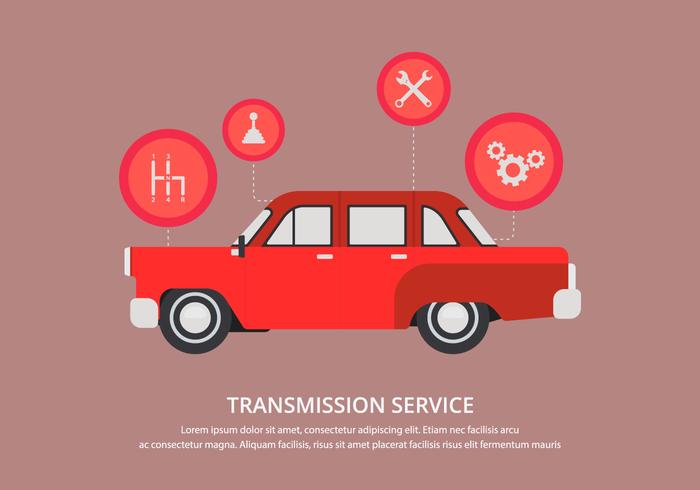Evaluating Your Car'S Warning Indicators: What They Really Communicate
Evaluating Your Car'S Warning Indicators: What They Really Communicate
Blog Article
Content Author-Samuelsen Kejser
When you're behind the wheel, those glowing caution lights on your dashboard can be a little bit perplexing. Do you know what they're trying to inform you regarding your cars and truck's wellness? Comprehending the value of these lights is crucial for your safety and security and the durability of your car. So, the next time one of those lights pops up, wouldn't you want to analyze its message accurately and take the needed steps to resolve it?
Common Warning Lighting and Interpretations
Identify common warning lights in your cars and truck and understand their significances to make certain safe driving.
One of the most normal caution lights include the check engine light, which signals concerns with the engine or exhausts system. If this light begins, it's important to have your automobile checked without delay.
The oil pressure advising light shows low oil stress, needing immediate attention to stop engine damages.
A flashing battery light could recommend a malfunctioning charging system, possibly leaving you stranded otherwise addressed.
The tire stress monitoring system (TPMS) light notifies you to low tire stress, affecting car security and fuel efficiency. Ignoring this could lead to risky driving conditions.
The abdominal muscle light indicates an issue with the anti-lock stopping system, endangering your capacity to stop rapidly in emergency situations.
Last but not least, the coolant temperature warning light warns of engine getting too hot, which can lead to extreme damage if not dealt with quickly.
Understanding these common caution lights will assist you address problems immediately and preserve risk-free driving problems.
Significance of Prompt Attention
Recognizing the common caution lights in your cars and truck is only the first step; the value of without delay dealing with these warnings can not be emphasized sufficient to guarantee your safety when traveling.
When a caution light illuminates on your dashboard, it's your auto's way of communicating a prospective problem that needs interest. Neglecting these warnings can lead to a lot more severe troubles in the future, compromising your safety and security and potentially costing you a lot more out of commission.
Trigger interest to warning lights can protect against breakdowns and crashes. As an example, a blinking check engine light can show a misfire that, if left neglected, can create damage to the catalytic converter. Resolving https://vehicle-suspension-testin06172.newbigblog.com/38225485/evaluate-your-car-s-demands-to-locate-the-perfect-cars-and-truck-describing-service-for-you-but-which-aspects-will-really-affect-your-choice can conserve you from a pricey repair.
Similarly, a brake system advising light may indicate reduced brake liquid or used brake pads, crucial parts for your safety when driving.
Do It Yourself Troubleshooting Tips
If you see a caution light on your dashboard, there are a few do it yourself fixing pointers you can try prior to seeking expert assistance.
The very first step is to consult your cars and truck's manual to understand what the specific warning light indicates. In cardetailersinauckland can be as simple as a loose gas cap activating the check engine light. Tightening up the gas cap might resolve the problem.
An additional usual concern is a low battery, which can activate various advising lights. Checking the battery connections for rust and guaranteeing they're safe may fix the problem.
If a warning light persists, you can attempt resetting it by separating the vehicle's battery for a couple of mins and after that reconnecting it. Furthermore, checking your vehicle's liquid degrees, such as oil, coolant, and brake fluid, can aid fix advising lights connected to these systems.
Conclusion
In conclusion, recognizing your car's warning lights is essential for maintaining your vehicle running smoothly and securely. By immediately resolving these notifies and knowing what they imply, you can stay clear of expensive repairs and potential breakdowns.
Keep in mind to consult your auto's guidebook for specific information on each warning light and do something about it accordingly to make certain a trouble-free driving experience.
Keep informed, remain risk-free on the road!
